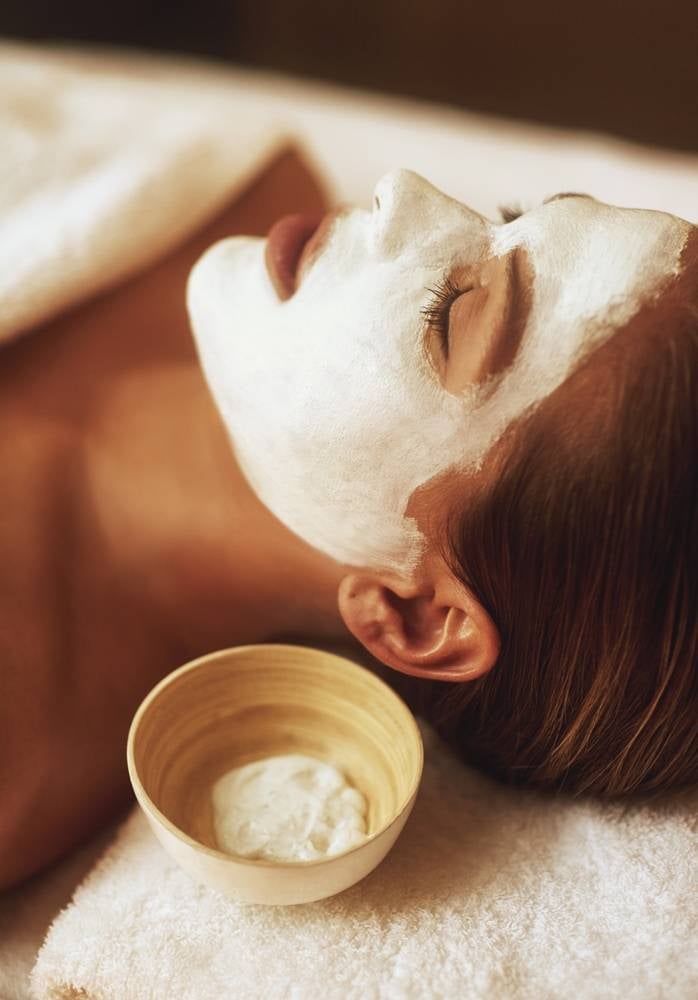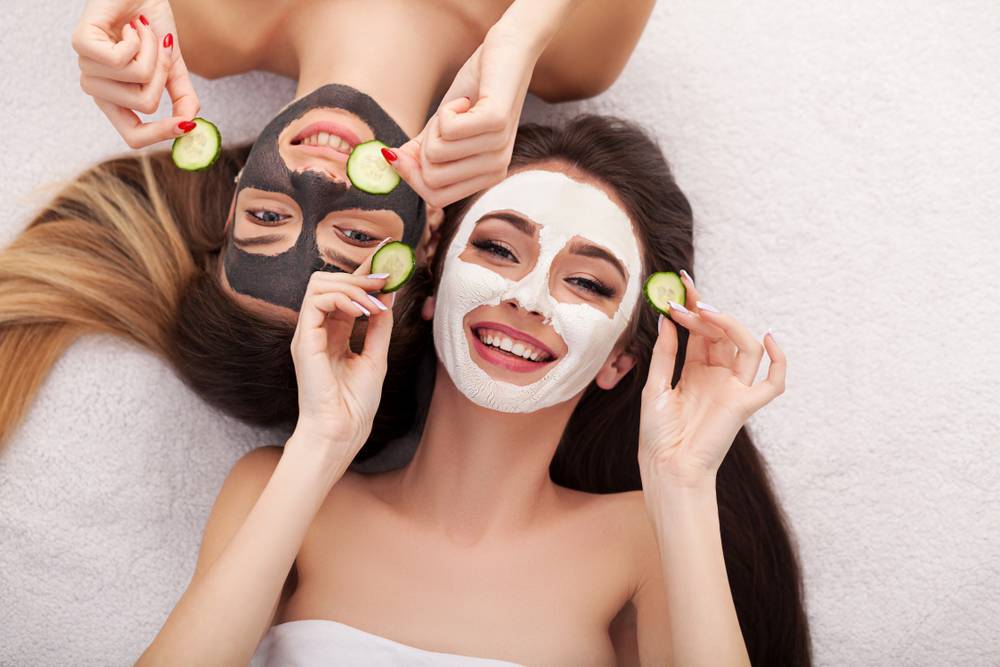Medical peeling in Vienna
Simply peel away skin problems such as blemishes, spots and wrinkles? chemical peel at our institute in Vienna makes just that possible. This tried-and-tested method removes old skin layers in a controlled manner so that the fresh skin underneath can shine again.






